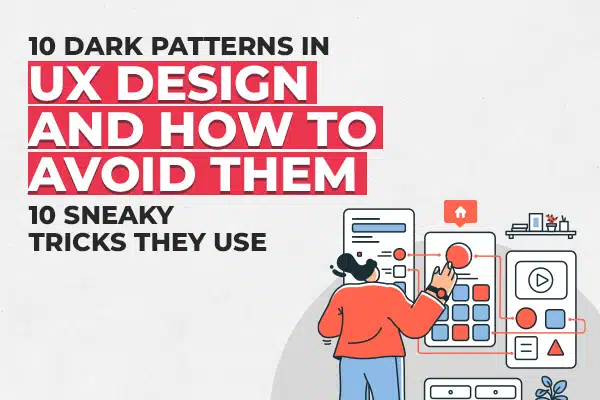We consider two design strategies for website redesign: a design-first method, which focuses on the creative aspects that are thought over the assets that will go live, and a content-first method, which takes the assets you prepare to develop the design around them. Both approaches will lead to a comprehensive site. Which can be more efficient? Although both strategies are used during redesigns, there is always a clear winner out of these two.
What Is A Content-First Approach?
Once you interact with the client, you will kick start the project by developing a site map, which will be used as a container for all assets you want to display on the site. Sitemaps can be seen as a foundation of the website and content is what the audience will look for. In this approach, you can display whatever the requirements of the client’s brand that can reach audiences. The content-first approach is acceptable because audiences can quickly identify every element.
Content-first is an approach where you prioritize considering content in projects over all other elements.
The approach can be classified into five core aspects
Placing the user experience on the top priority:
Content is purely thought, maximizing deliverables such as whole and user experience rather than individual aspects.
Focusing on all channels and formats:
It is essential to contemplate your brand and consumers in a unified manner. It is also vital to check consistency in content to distribute for all channels, as this will fill the gaps and clear issues on time rather than prolong them.
Using content to define layout and design elements:
Content-first design is all about knowing how the content can give more detail on design than designing templates unsuitable for your site.
So, time is saved when the team discusses design-related elements and research to solve user issues with the content.
Adapting proto-content:
Proto-content is known as the foundation for content-first design. It helps the content and design work together in the beginning.
If you plan to redesign the website, proto-content is more helpful than using Lorem Ipsum to develop it. Some experts refer to it as “sketching with words.”
Three ways to get proto-content early on:
Proto-content is related to content in its initial stages of development or creativity.
Brainstorming Sessions: You must gather diverse groups with different perspectives and expertise relevant to your content topic. Try to encourage open dialogue and idea sharing. Apply techniques like mind mapping or rapid ideation exercises to quickly generate a wide range of ideas. This process can help uncover unique angles and concepts for your content.
Research and Trend Analysis: You should thoroughly research your target audience, industry trends, and competitor content. Identify gaps, emerging topics, or areas of interest that have yet to be extensively covered. Analyze social media discussions, forums, and online communities to understand what topics generate buzz. By staying ahead of trends, you can develop proto-content that addresses upcoming interests or challenges.
Prototyping and Iteration: This approach is to create rough drafts, sketches, or outlines of your content ideas early in development. These prototypes serve as a foundation for further refinement and iteration. Solicit feedback from peers, mentors, or focus groups to discover the advantages and disadvantages of improving. Rapid prototyping and iterating can refine your proto-content into polished, high-quality pieces.
Better content and CMS requirements early
Content-first is all about discussing in the beginning – on several disciplines and technical teams and designing teams like UX design, UI, content and development.
It could be a CMS (content management system, or AI tools you use to control the content creation and other technical aspects.
Following content-first design principles would help the SEO strategy to improve the site’s ranking.
What Is A Design-First Approach?
The design-first approach involves following clients’ requirements with different styles and elements. This method works like this: You have taken a home for rent and thought of everything your household goods need to be arranged. How your goods will be in this house and the entire thought process are only imaginings, but reality will come to light when you enter the house and arrange things.
So, we can understand that clients have prejudices about their product designs, but this approach needs to be revised and has some flaws. Once you finally decide to move, you can identify that your journey will be derailed, as we have seen in the above mentioned example of shifting to a rented house. After turning, you can only see whether your home is fit for your needs or not. There will be no chance of returning, and you cannot remodel the house as it is not yours.
Sometimes, your rented house is fit for your goods. Most of the time, you failed to do so because your approach was incorrect.
Which Approach Is The Most Efficient?
When you pay attention to the content-first approach, you can create an absolute design strategy apt for the site. A perfect design tone depends on a content-first method that can send accurate messages to visitors as it fits design planning. It might take time, but you can develop the right features that fall into place. In this approach, you can accomplish the entire process that the client and audience want.



















